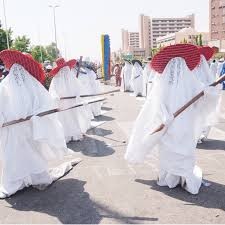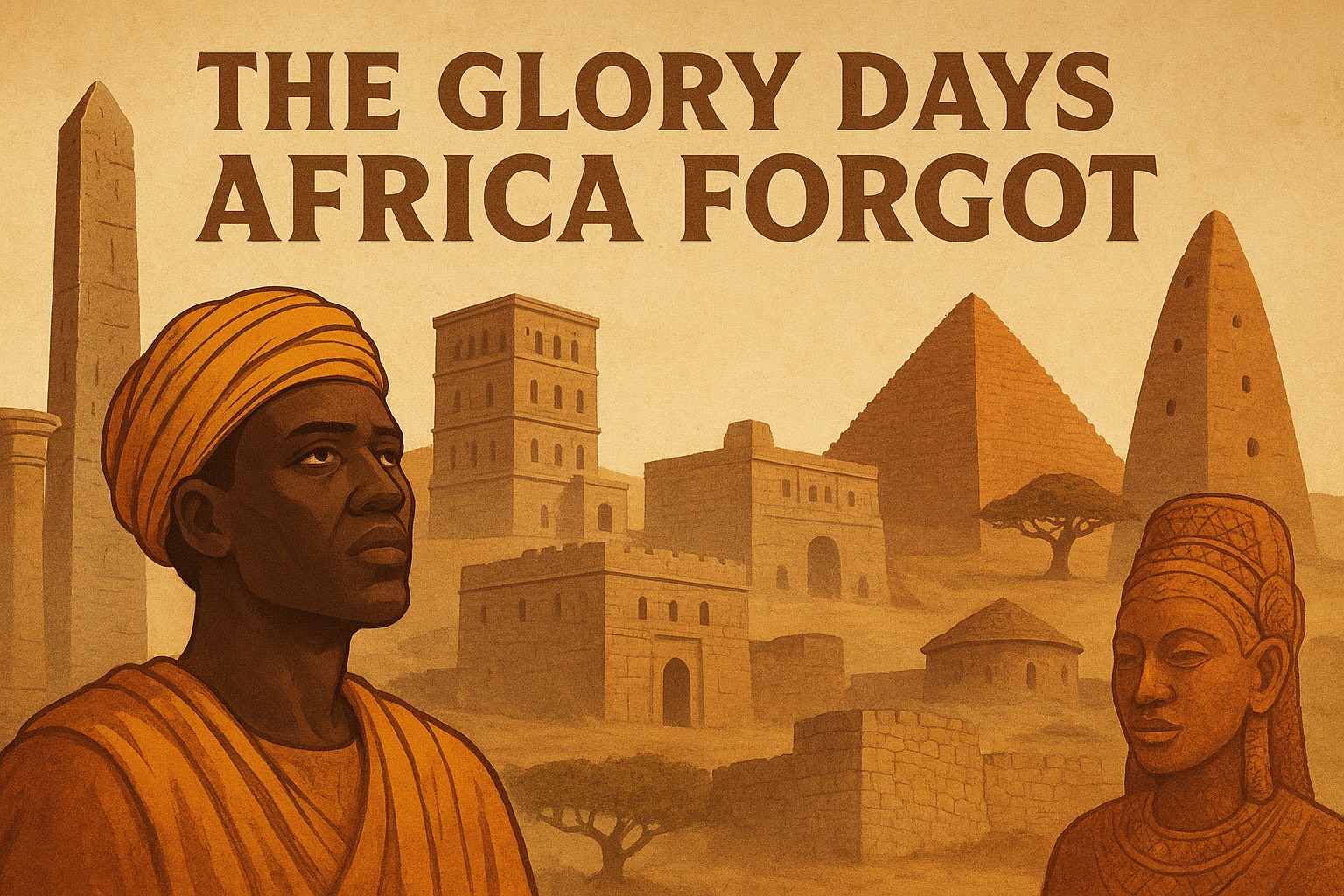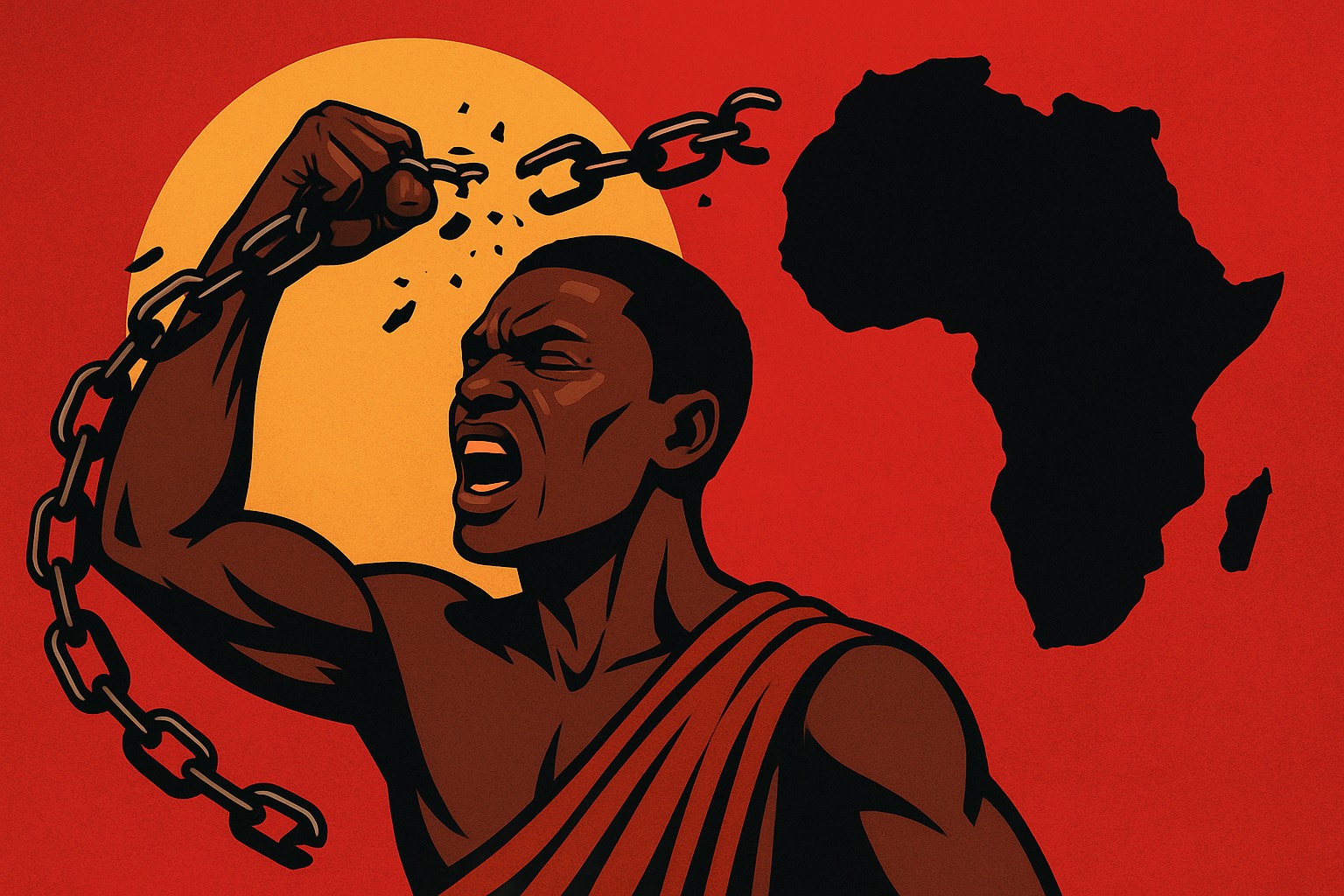The History of the Eyo Festival in Lagos

The History of the Eyo Festival in Lagos
Dive into the history of the Eyo Festival in Lagos, a colorful cultural procession that honors tradition, ancestry, and the spirit of the Yoruba people.
The Eyo Festival, also known as the Adamu Orisha Play, is a deeply rooted Yoruba cultural event that is unique to Lagos, Nigeria. Traditionally held on Lagos Island, the festival has evolved from an exclusive ritual into a grand cultural spectacle attracting tourists, dignitaries, and cultural enthusiasts worldwide. While its origins are steeped in history, today, the Eyo Festival is celebrated as a symbol of Lagosian pride, cultural identity, and tourism.
Origins and Historical Background
The Eyo Festival dates back to the early 19th century, during the reign of Oba Akitoye in Lagos. Historically, the festival was performed as a funeral rite for a deceased Oba (King) or a prominent chief, marking their passage into the afterlife. The festival also served to welcome and honor a new Oba, signifying a transition of power.
The origins of the festival are traced to Iperu-Remo, a town in Ogun State, which had various Eyo groups that practiced the masquerade before it was introduced to Lagos. It is believed that the festival was brought to Lagos to entertain an in-law, and it eventually became a tradition in the city.
The first recorded Eyo procession in Lagos took place on February 20, 1854, in honor of Oba Akitoye. Since then, the festival has been held multiple times, often marking significant events in Lagos, such as commemorating prominent figures like Justice G.B.A. Coker (2000), Prince Yesufu Abiodun Oniru (2011), and the 50th Anniversary of Lagos State (2017).
Significance and Symbolism
The Eyo Festival carries deep symbolic meanings for the Yoruba people. It represents:
- A Tribute to Ancestors – The Eyo masquerades, clad in flowing white garments, are believed to embody the spirits of the dead, returning to bless and purify the city.
- A Celebration of Transition – The festival marks the end of an era and the beginning of another, whether for an Oba or a notable figure.
- Unity and Cultural Pride – The event brings together different groups in Lagos, fostering unity among its people, irrespective of class or status.
- Tourism and Economic Growth – The festival generates revenue for the government and small businesses, as it draws thousands of visitors.
The Eyo Masquerades and Their Role
The festival's most striking feature is the Eyo masquerades, often referred to as "Agogoro Eyo" (Tall Eyo). These are dancers dressed in all-white robes with broad-brimmed hats, carrying staffs called "Opambata". The Adimu Orisha Eyo, distinguished by its black broad-rimmed hat, is the most senior among the five recognized groups:
- Adimu (Black Hat) – The most senior Eyo, signifying the commencement of the festival.
- Laba (Red Hat) – Represents strength and courage.
- Oniko (Yellow Hat) – Known for its lively and mischievous displays.
- Ologede (Green Hat) – Symbolizes fertility and prosperity.
- Agere (Purple Hat) – Represents wisdom and knowledge.
During the festival, the Eyo masquerades parade from Idumota to Iga Idunganran, the Oba’s palace, paying homage to the reigning monarch. The main procession takes place on Carter Bridge to Tinubu Square, which is closed to traffic for the grand event.
Festival Rituals and Prohibited Items
A week before the festival, the senior Adimu Eyo publicly carries a staff to signal that the event will take place the following Saturday. In the days leading up to the festival, the other Eyo groups take turns in making public appearances.
Certain items and behaviors are strictly prohibited during the festival, and those found violating these rules may be lightly struck with the Eyo's Opambata. Prohibited items include:
- Okada (Motorcycle Taxis) and Bicycles
- Sandals and shoes (Festival attendees must walk barefoot)
- Suku Hairstyle (A Yoruba hairstyle where the hair is braided upward)
- Smoking
- Women covering their heads with scarves or headgear
- Men wearing caps
- Wearing the Eyo costume overnight or crossing water bodies while in costume
Cultural Impact and Legacy
The Eyo Festival remains an essential cultural event in Lagosian and Yoruba heritage. It has inspired similar festivals across West Africa and is considered a forerunner of modern carnivals in Brazil. Beyond its historical roots, the festival has influenced arts, crafts, and tourism in Lagos.
The event’s economic contributions include:
- Boosting local businesses (Hotels, markets, and vendors benefit from the influx of visitors.)
- Providing a platform for artisans to showcase traditional Yoruba attire, accessories, and crafts.
- Strengthening Lagos' position as a cultural and tourism hub in Nigeria.
Conclusion
The Eyo Festival is more than just a spectacle—it is a cultural preservation tool, a spiritual exercise, and a tourist attraction. Despite changes over time, it remains a vital symbol of Lagosian identity, embodying the rich traditions of the Yoruba people. Whether celebrated to honor an Oba, a respected Lagosian, or a historical milestone, the festival continues to showcase the vibrancy and resilience of Lagos’ cultural heritage.
With its majestic processions, elaborate costumes, and deep-rooted traditions, the Eyo Festival stands as one of Nigeria’s most iconic and cherished cultural celebrations.


